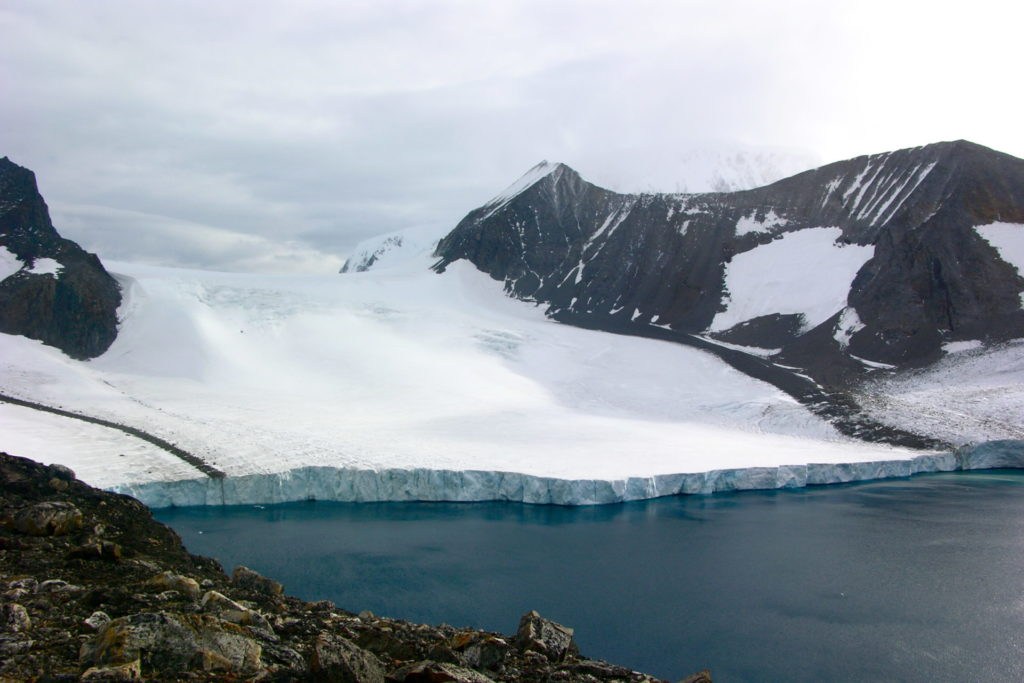The year 2020 has been the hottest in three decades in the Antarctic Peninsula, according to a study by researchers from Chile’s University of Santiago, who describe the situation as “alarming.”
“Temperatures throughout the Antarctic Peninsula have been above the usual average by over 2°C,” climatologist Raúl Cordero, head of the Antarctic Research Group of the Universidad de Santiago de Chile (USACH), explained in a press release published on Friday by the Chilean Antarctic Institute, INACH.
The Peninsula is the northernmost part of the Antarctic. “In the extreme north of the Antarctic Peninsula, the average temperature has been above zero degrees up to today,” Cordero said. “That has not happened in 31 years.”
This is “alarming” because it could be an indication that the rapid rate of warming that had been observed in the region after the end of the 20th Century is once again on the increase after slowing down in the past two decades.
According to measurements carried out by a research team from the weather station on King George Island, there have been four heatwaves this year. Two occurred during the southern hemisphere summer, one in autumn and one in winter. All told, there were 34 days considered extremely hot.
During the southern hemisphere winter, when temperatures are normally coldest, the thermometer climbed as high as 5 °C, preventing the waters of Maxwell Bay from freezing. At other times, winter temperatures of -16,8°C were recorded, the lowest since 1970.
Meanwhile, cumulative rainfall over King George Island up to early September was over 400 millilitres, 100 mm more than usual.
The Antarctic Peninsula is the northernmost area of the continent, the part closest to the tip of South America. Many countries have scientific and military bases there.
The Brussels Times

